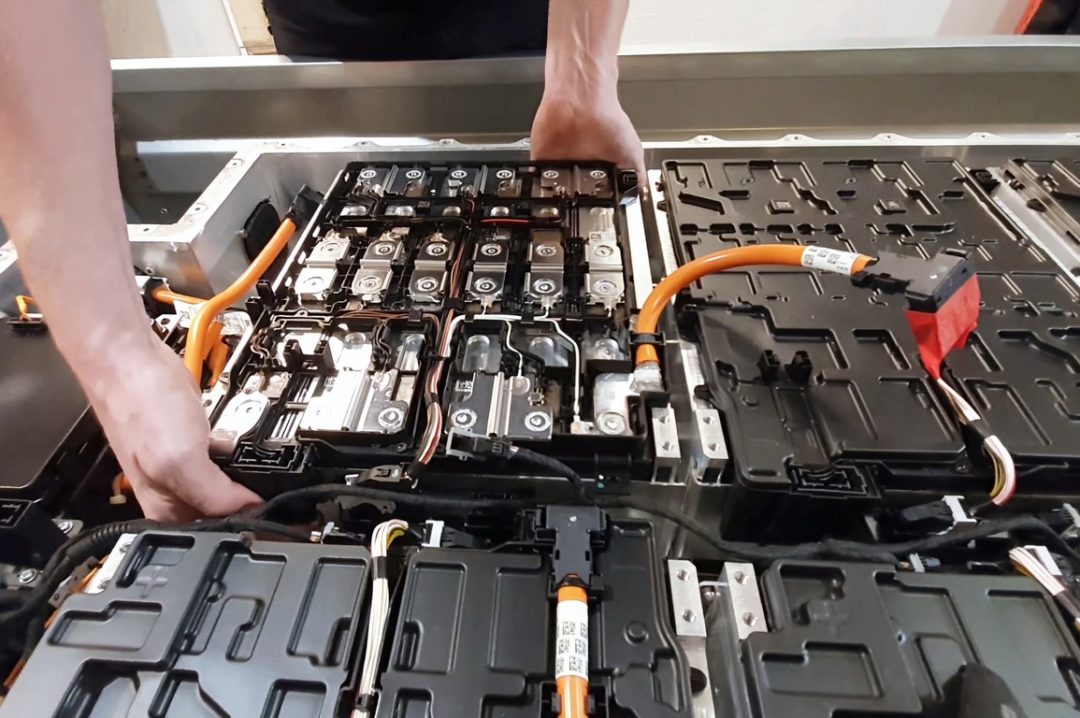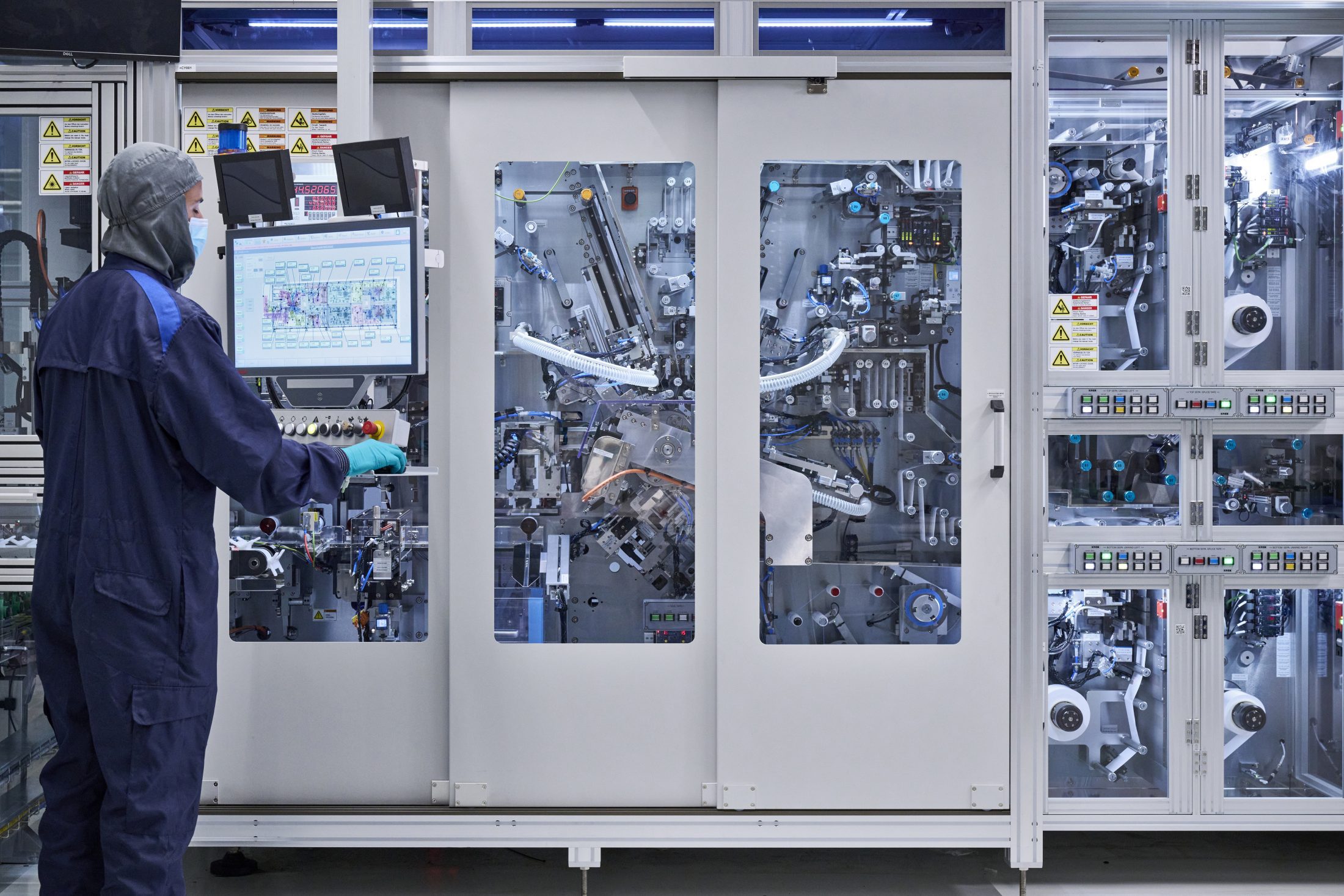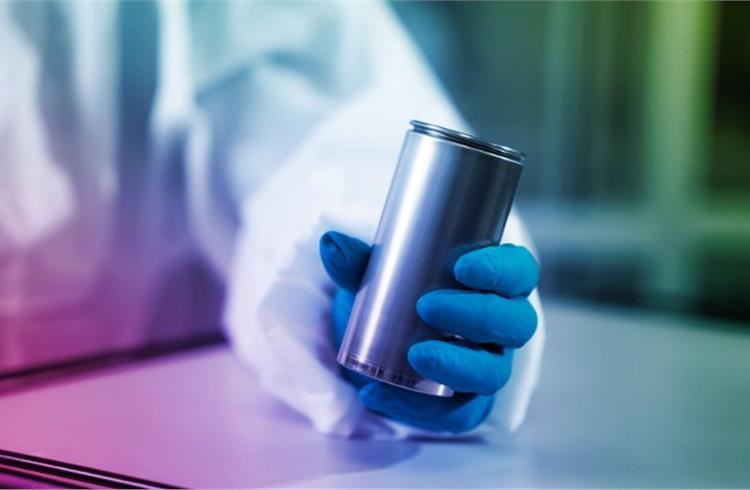‘THE COMPETENCE CENTER OF BMW’S BATTERY CELL’
A Glimpse into the Future BMW Group is making strides in electric vehicle technology with the establishment of the Cell Manufacturing Competence Center (CMCC) in Parsdorf. This advanced facility is dedicated to creating premium battery cells that will power their upcoming Neue Klasse electric vehicle models from 2025. BMW is committed to producing the most futuristic and high-tech batteries and they are gearing up for electric mobility and strengthening their leading position in battery cell technology.
Firstly let’s read what the management of BMW has said about the new Centre and the process of the battery cells.
Words by Milan Nedeljkovic, member of the Board of Management of BMW AG, responsible for the production of the battery cells

”With the Cell Manufacturing Competence Center, we are strengthening Germany’s capacity for innovation. In this way, we are making an important contribution to the quantum leap in technology in the Neue Klasse”.
Frank Weber, a member of the Board of Management of BMW AG, who is responsible for the development of the cells also comments on the production of the battery cells. He says,
”Production of battery cell samples in Parsdorf marks the next logical step in our battery cell strategy. The Cell Manufacturing Competence Center is the perfect complement to our existing Battery Cell Competence Center in the north of Munich. Development takes place there, then we scale the best product towards a series process in Parsdorf. Thanks to the cross-divisional collaboration, we can link product and process uniquely”.
Now, let’s quickly go through the key details of the Cell Manufacturing Competence Center (CMCC) and how exactly BMW is working behind the process of these advanced battery cells.
New format, new dimensions: Welcoming the sixth generation:
The Parsdorf CMCC is a game-changer in battery technology, allowing BMW to showcase the value-creation process of these sixth-generation cells. It serves as a benchmark for production, quality, performance, costs, and ecological standards. With around 80 employees in its 15,000-square-meter space, the current investment exceeds 170 million euros. Financial support comes from the Federal Ministry for Economic Affairs and Climate Action and the Bavarian Ministry of Economic Affairs, Regional Development, and Energy through the European funding initiative IPCEI (Important Projects of Common European Interest).
Recycling for Sustainability:

Effective utilization of raw materials is paramount for cost efficiency and environmental responsibility in cell production. The CMCC is at the forefront of resource optimization. It recovers and reuses residual materials generated during cell production, contributing to environmental sustainability. Additionally, experts are actively researching the reutilization of materials and components from retired vehicle batteries, with the ultimate goal of comprehensive material reuse in recyclable high-voltage batteries.
Cell Creation Process:

The intricate process of cell production begins with the precise dosing and mixing of materials, including graphite and nickel oxides, to create a “slurry.” This slurry is then used to apply a wafer-thin coat to metal foils which are made of copper for the anode and aluminium for the cathode. Then in the 25 meter long drying section, the solvent is removed from a substrate (a material or surface on which an operation is performed) in different temperature zones.
In the next step called Calendaring foils are compacted by several pairs of rollers to maximize the energy content of the battery. Then, the coated electrode roll is cut into six strips and rolled in the winder with its separator to form a jelly roll. The resulting film is incredibly thin, measuring just a few micrometers, thinner than a spider’s web. These now ultra-thin foils, referred to as electrodes, are then assembled with various components to form battery cells, which are subsequently inserted into the cell housing. The final steps involve filling these cells with electrolyte, charging them, and rigorous quality testing.
Advancements in Battery Technology:

BMW’s latest round battery cells are poised to revolutionize electric vehicles. Designed specifically for the Neue Klasse models, these cells promise a remarkable 30% increase in range, according to WLTP, especially for the longest-range model. Featuring a standardized diameter of 46 millimeters, they come in two different heights: 95 millimeters and 120 millimeters. The sixth generation cells exhibit increased nickel content on the cathode side and reduced cobalt content, along with heightened silicon content on the anode side. This strategic chemical adjustment leads to a remarkable 20% increase in volumetric energy density. Moreover, the voltage for energy storage, drive, and charging technology will rise to 800 volts. This higher voltage not only optimizes energy transfer at fast DC charging stations but also significantly reduces the time required to charge from 10% to 80%, by up to 30%.
CONCLUSION
In Parsdorf, BMW’s Cell Manufacturing Competence Center (CMCC) is leading the charge in electric vehicle innovation. With its top-of – the line battery technology and a focus on sustainability, the CMCC sets high standards for quality and performance. The facility’s resource-efficient approach and commitment to reusing materials reflect BMW’s dedication to ‘eco-friendly practices’. From the precise process of cell creation to improved battery technology, the CMCC paves the way for a cleaner, more efficient future while enhancing Neue Klasse electric vehicles. It’s a significant step toward a greener and more powerful automotive future. It would not be wrong to say, the upcoming BMW vehicles will surely stand out in the automotive market, due to the use of these high-tech battery cells.










